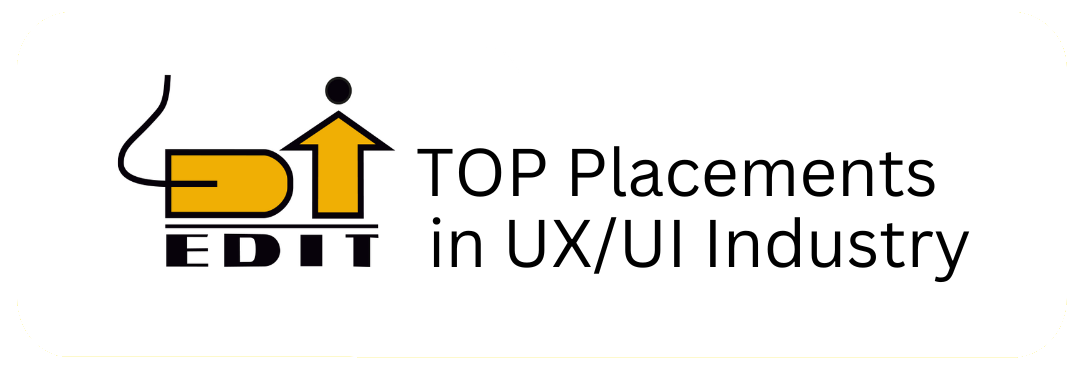UX LENS
News and Tips

Information Architecture (IA)
The Information Architecture Optimization book by Louis Rosenfeld and Peter Morville states that the three circles of information architecture are:
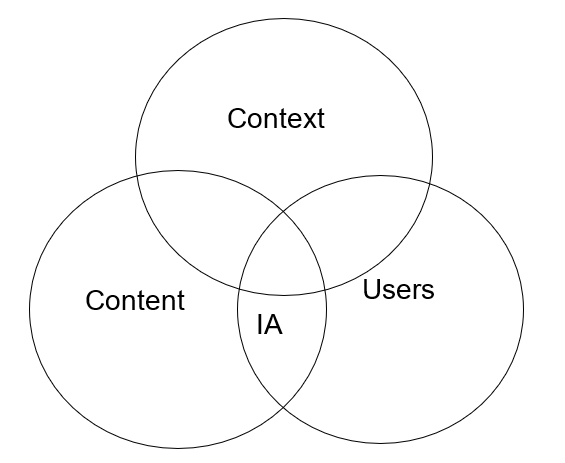
The goal of the architect is to understand user and business needs and optimise the information architecture of the website.
To know this, it is important to understand the user’s point of view. Some of the questions the users ask are:
➔ Am I in the right place? — The solution we should provide is that they are in the right place by showing the products and services.
➔ Do they have what I am looking for? – Through simple navigation, the user should be able to find it easily.
➔ Do they provide something better than what I am searching for? – Make sure to provide related products and see also.
➔ What should I do now? – Show a clear call to action for the users.
To implement this, the goal of the designer is to include sitemaps, site-flow diagrams, and wireframes for a smooth transition. To do this, you need the following the following tools:
What are the tools used for Information Architecture optimisation?
Streamline the process of information architecture by using tools effectively. After that, create a user-centric structure that enhances usability and engagement.
Before going forward, let us understand the various tools used:
Card Sorting Tools:
These tools facilitate the card sorting Tool process easily through remote or in-person card sorting exercises with participants. Some of the tools used in card sorting are:
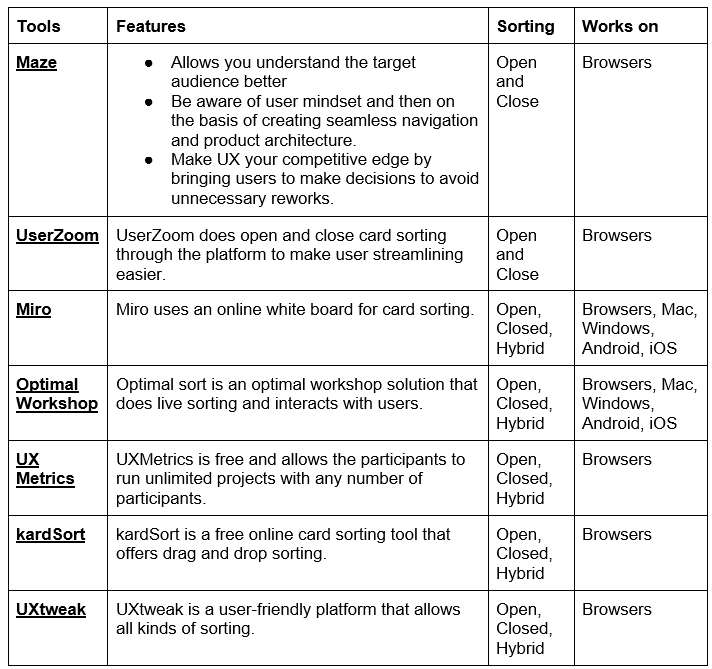
Mind Mapping Software:
Mind mapping tools help organise information by using hierarchies. Additionally, the software creates, edits, and rearranges nodes representing different categories and subcategories. Some of the tools used are:
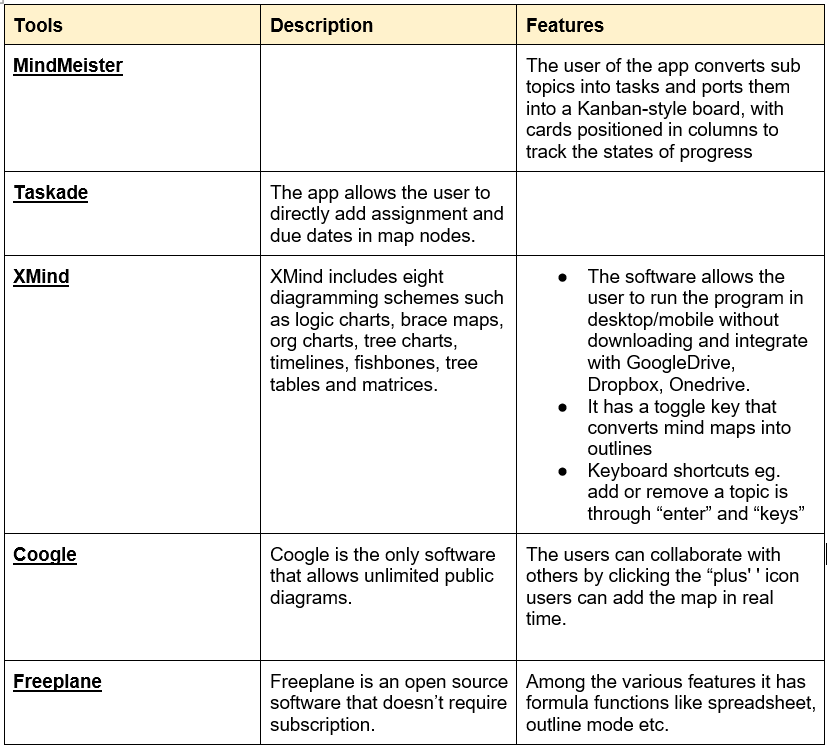
Wireframing and Prototyping Tools: Wireframing tools enable you to create low-fidelity prototypes of your website or application’s structure and navigation. This helps in testing and refining the information architecture before full development. Examples include Axure RP, Adobe XD, and Balsamiq.
Heatmap and Analytics Tools: Heatmap tools provide insights into user behaviour by how users click, scroll, or spend the most time on a webpage. By analysing these heatmaps, users can make adjustments to the information architecture.Below are the tools used for Heatmap and Analytics.
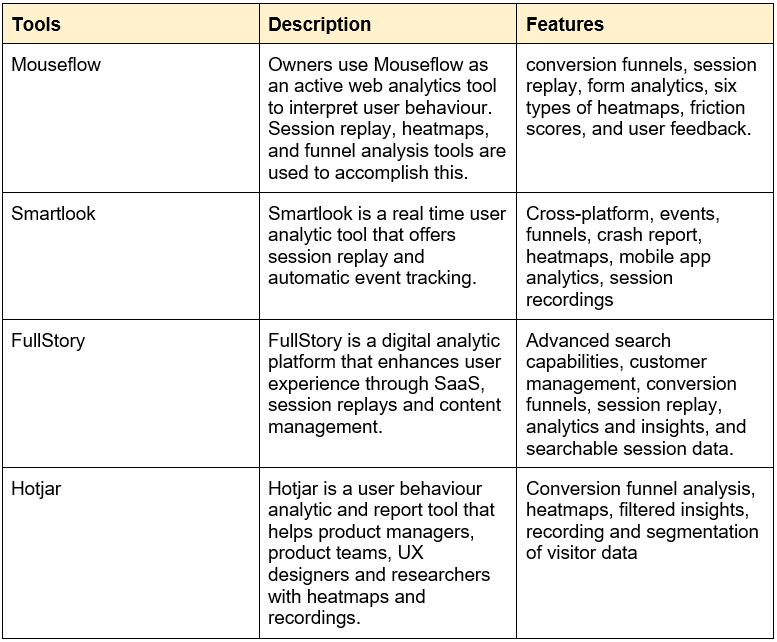
Usability Testing Platforms: Usability testing platforms allow you to conduct remote or in-person usability tests. These platforms often include features for task-based testing, screen recording, and participant feedback collection.
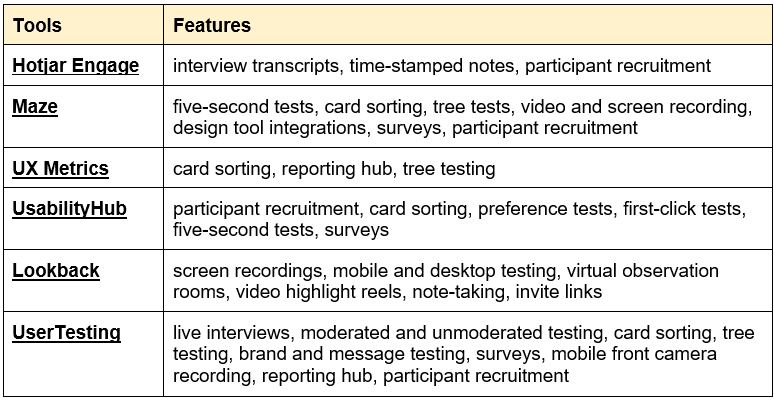

Content Management Systems (CMS): Many CMS platforms offer built-in tools for managing and organising content. Features such as taxonomy management, content tagging, and custom metadata can aid in structuring information effectively. Some of the CMS tools are:
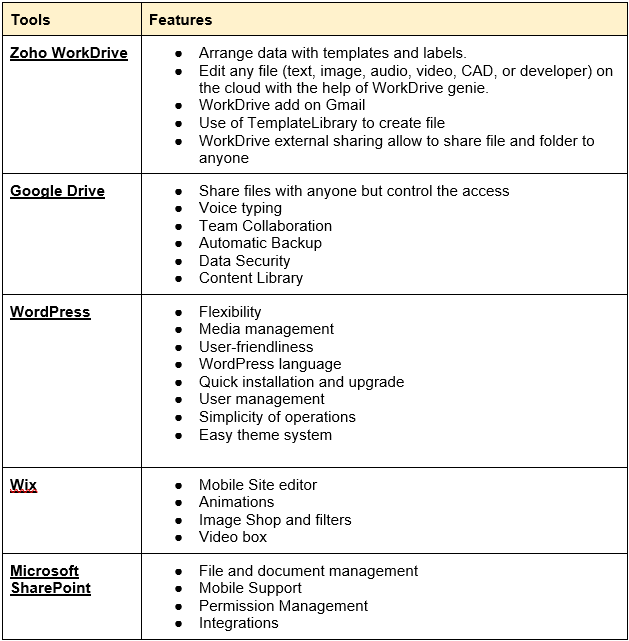
SEO Tools: Search engine optimization tools help in optimising website structure and content organisation for improved search engine visibility and user discoverability. Tools like SEMrush, Moz, and Ahrefs provide insights into keyword usage, site architecture, and competitor analysis.
Collaboration and Communication Tools: Effective communication and collaboration are essential for optimising information architecture. Tools like Slack, Microsoft Teams, and Trello facilitate collaboration among team members, allowing for seamless communication and task management throughout the optimization process.
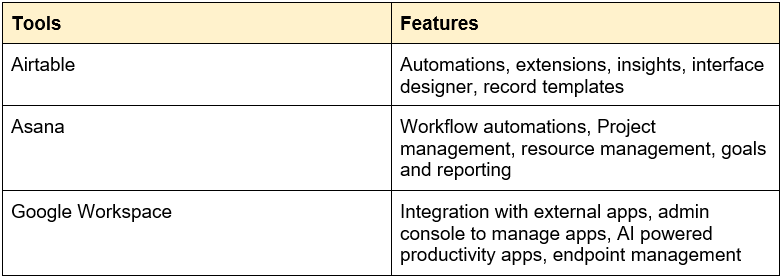
What are the methods for organising, structuring and label content?
Organising, structuring, and labelling content effectively and sustainably is crucial for creating a user-friendly experience that remains manageable as your content grows. Here are some methods to achieve this:
1. User-Centred Organisation:
● User Personas and Use Cases: Understand your target audience’s needs, preferences, and behaviours to organise content in a way that aligns with their expectations.
● Task Analysis: Identify common user tasks and organise content based on these tasks to make it easier for users to find what they need.
2. Hierarchical Structure:
● Topical Hierarchies: Organise content into broad categories and subcategories based on topics or themes. Ensure that the hierarchy is logical and intuitive for users to navigate.
● Faceted Classification: Allow users to filter content based on multiple attributes or facets (e.g., product features, price range, date). This provides flexibility and enhances findability.
3. Navigation Design:
● Clear Navigation Menus: Use descriptive labels and a clear structure for navigation menus to guide users to relevant content.
● Breadcrumbs: Implement breadcrumbs to show users their current location within the site hierarchy and provide a path back to higher-level pages.
4. Search Functionality:
● Robust Search: Implement a search feature with advanced filtering options and support for synonyms and natural language queries to help users find specific content quickly.
● Autocomplete and Suggestions: Provide autocomplete suggestions as users type their search queries to assist them in formulating their searches.
5.Content Labelling:
● Descriptive Labels: Use clear and concise labels for categories, subcategories, and content items to accurately represent their content and purpose.
● Consistent Terminology: Maintain consistency in terminology and labelling across the site to avoid confusion and ensure a cohesive user experience.
6. Metadata and Tagging:
● Metadata Standards: Define metadata standards to categorise and describe content items consistently. Include metadata fields such as keywords, author, publication date, and topic.
● Content Tagging: Tag content items with relevant keywords or terms to improve searchability and enable dynamic content associations.
7. Content Governance:
● Content Inventory and Audits: Regularly conduct content inventories and audits to assess the relevance, accuracy, and quality of existing content. Remove outdated or redundant content to keep the information architecture lean and efficient.
● Content Guidelines: Establish guidelines and workflows for creating, updating, and retiring content to maintain consistency and quality over time.
8. Feedback and Iteration:
● User Feedback: Solicit feedback from users through surveys, usability testing, and analytics to identify pain points and areas for improvement in content organisation and labelling.
● Iterative Improvements: Continuously iterate on the information architecture based on user feedback and evolving content needs to ensure that it remains effective and sustainable.
In conclusion, optimising information architecture is essential for creating a user-centric digital environment that enhances usability, findability, and overall user satisfaction. By carefully organising, structuring, and labelling content, you can ensure that users can easily navigate and locate the information they need.
Placement of the week

Umesh Jagtap- MSC CS
IDEAQU/GivePlease Pte Ltd
Enrolling in UI/UX Design course is an excellent choice. It adds valuable skills, boosts employability, and offers practical insights through hands-on projects. The course offers a rewarding learning experience and satisfaction upon securing a job.
Accessibility Audit Tools
Responsive Design Practices
Information Architecture (IA)
The Information Architecture Optimization book by Louis Rosenfeld and Peter Morville states that the three circles of information architecture are:

The goal of the architect is to understand user and business needs and optimise the information architecture of the website.
To know this, it is important to understand the user’s point of view. Some of the questions the users ask are:
➔ Am I in the right place? — The solution we should provide is that they are in the right place by showing the products and services.
➔ Do they have what I am looking for? – Through simple navigation, the user should be able to find it easily.
➔ Do they provide something better than what I am searching for? – Make sure to provide related products and see also.
➔ What should I do now? – Show a clear call to action for the users.
To implement this, the goal of the designer is to include sitemaps, site-flow diagrams, and wireframes for a smooth transition. To do this, you need the following the following tools:
What are the tools used for Information Architecture optimisation?
Streamline the process of information architecture by using tools effectively. After that, create a user-centric structure that enhances usability and engagement.
Before going forward, let us understand the various tools used:
Card Sorting Tools:
These tools facilitate the card sorting process easily through remote or in-person card sorting tool exercises with participants. Some of the tools used in card sorting are:

Mind Mapping Software:
Mind mapping tools help organise information by using hierarchies. Additionally, the software creates, edits, and rearranges nodes representing different categories and subcategories. Some of the tools used are:

Wireframing and Prototyping Tools: Wireframing tools enable you to create low-fidelity prototypes of your website or application’s structure and navigation. This helps in testing and refining the information architecture before full development. Examples include Axure RP, Adobe XD, and Balsamiq.
Heatmap and Analytics Tools: Heatmap tools provide insights into user behaviour by how users click, scroll, or spend the most time on a webpage. By analysing these heatmaps, users can make adjustments to the information architecture.Below are the tools used for Heatmap and Analytics.

Usability Testing Platforms: Usability testing platforms allow you to conduct remote or in-person usability tests. These platforms often include features for task-based testing, screen recording, and participant feedback collection.


Content Management Systems (CMS): Many CMS platforms offer built-in tools for managing and organising content. Features such as taxonomy management, content tagging, and custom metadata can aid in structuring information effectively. Some of the CMS tools are:

SEO Tools: Search engine optimization tools help in optimising website structure and content organisation for improved search engine visibility and user discoverability. Tools like SEMrush, Moz, and Ahrefs provide insights into keyword usage, site architecture, and competitor analysis.
Collaboration and Communication Tools: Effective communication and collaboration are essential for optimising information architecture. Tools like Slack, Microsoft Teams, and Trello facilitate collaboration among team members, allowing for seamless communication and task management throughout the optimization process.

What are the methods for organising, structuring and label content?
Organising, structuring, and labelling content effectively and sustainably is crucial for creating a user-friendly experience that remains manageable as your content grows. Here are some methods to achieve this:
1. User-Centred Organisation:
● User Personas and Use Cases: Understand your target audience’s needs, preferences, and behaviours to organise content in a way that aligns with their expectations.
● Task Analysis: Identify common user tasks and organise content based on these tasks to make it easier for users to find what they need.
2. Hierarchical Structure:
● Topical Hierarchies: Organise content into broad categories and subcategories based on topics or themes. Ensure that the hierarchy is logical and intuitive for users to navigate.
● Faceted Classification: Allow users to filter content based on multiple attributes or facets (e.g., product features, price range, date). This provides flexibility and enhances findability.
3. Navigation Design:
● Clear Navigation Menus: Use descriptive labels and a clear structure for navigation menus to guide users to relevant content.
● Breadcrumbs: Implement breadcrumbs to show users their current location within the site hierarchy and provide a path back to higher-level pages.
4. Search Functionality:
● Robust Search: Implement a search feature with advanced filtering options and support for synonyms and natural language queries to help users find specific content quickly.
● Autocomplete and Suggestions: Provide autocomplete suggestions as users type their search queries to assist them in formulating their searches.
5.Content Labelling:
● Descriptive Labels: Use clear and concise labels for categories, subcategories, and content items to accurately represent their content and purpose.
● Consistent Terminology: Maintain consistency in terminology and labelling across the site to avoid confusion and ensure a cohesive user experience.
6. Metadata and Tagging:
● Metadata Standards: Define metadata standards to categorise and describe content items consistently. Include metadata fields such as keywords, author, publication date, and topic.
● Content Tagging: Tag content items with relevant keywords or terms to improve searchability and enable dynamic content associations.
7. Content Governance:
● Content Inventory and Audits: Regularly conduct content inventories and audits to assess the relevance, accuracy, and quality of existing content. Remove outdated or redundant content to keep the information architecture lean and efficient.
● Content Guidelines: Establish guidelines and workflows for creating, updating, and retiring content to maintain consistency and quality over time.
8. Feedback and Iteration:
● User Feedback: Solicit feedback from users through surveys, usability testing, and analytics to identify pain points and areas for improvement in content organisation and labelling.
● Iterative Improvements: Continuously iterate on the information architecture based on user feedback and evolving content needs to ensure that it remains effective and sustainable.
In conclusion, optimising information architecture is essential for creating a user-centric digital environment that enhances usability, findability, and overall user satisfaction. By carefully organising, structuring, and labelling content, you can ensure that users can easily navigate and locate the information they need.
Accessibility Audit Tools
Placement of the week

Umesh Jagtap- MSC CS
IDEAQU/GivePlease Pte Ltd
Enrolling in UI/UX Design course is an excellent choice. It adds valuable skills, boosts employability, and offers practical insights through hands-on projects. The course offers a rewarding learning experience and satisfaction upon securing a job.
